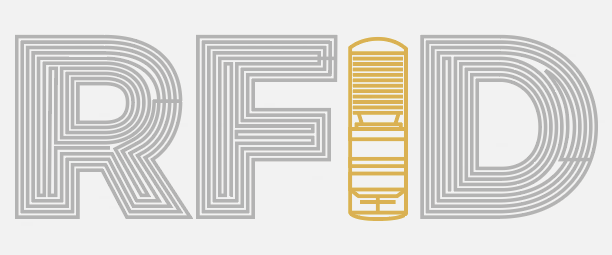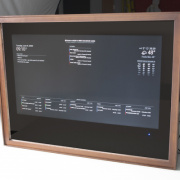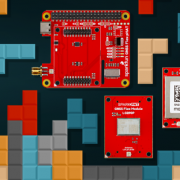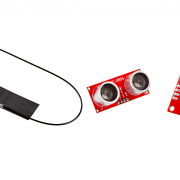So you want to talk about RFID
Let’s talk about RFID technology. Where did it come from? Where is it now? What can you do with it? What did I do with it? Take a look at this video, and all (or at least a tiny bit) will be revealed!
Radio Frequency Identification, or RFID, has been around in some form since the mid 1940s. Léon Theramin’s listening device for the Soviet Union and Sir Robert Alexander Watson-Watt’s Identify Friend or Foe (IFF) system were both developed and used during WWII as early examples of using radio frequency to identify objects.
Today, we use RFID technology for everything from office security and access control, to high speed roadway toll payments, to hospital infant tracking, to race timing. The list of applications is extremely long, but they all come down to the same three things - an RFID tag, an RFID reader and a computer or microcontroller to control what happens with the information.
With Automatic Identification and Data Capture (AIDC) devices and technology racing forward, now is a great time to start working with RFID devices. Can you imagine going to the supermarket, filling your cart, and then just walking out as an RFID reader captures the information from the tags on every one of your items? It may sound a bit futuristic, but right now our Simultaneous RFID Reader is capable of reading up to 150 tags per second. Pair that with the proper antenna, and you’ll get a reading range of almost five meters! Not only does that make it seem like checkoutless shopping might not be too futuristic, but it sounds like you might even be able to create that type of system yourself!
If you’re new to RFID, this video will give you a brief overview, plus show you a recent RFID project I put together with just a few Qwiic boards, a servo, and a quarter-dozen LEDs. Then head over to our RFID page for more ideas and inspiration! And if you have an amazing RFID project, or even an amazing idea for one, we want to hear about it in the comments!
Happy Hacking!

Interested in more RFID?
We've got a page just for you! Get an overview of the basics of how RFID works, the hardware needed and tutorials to get you started.







